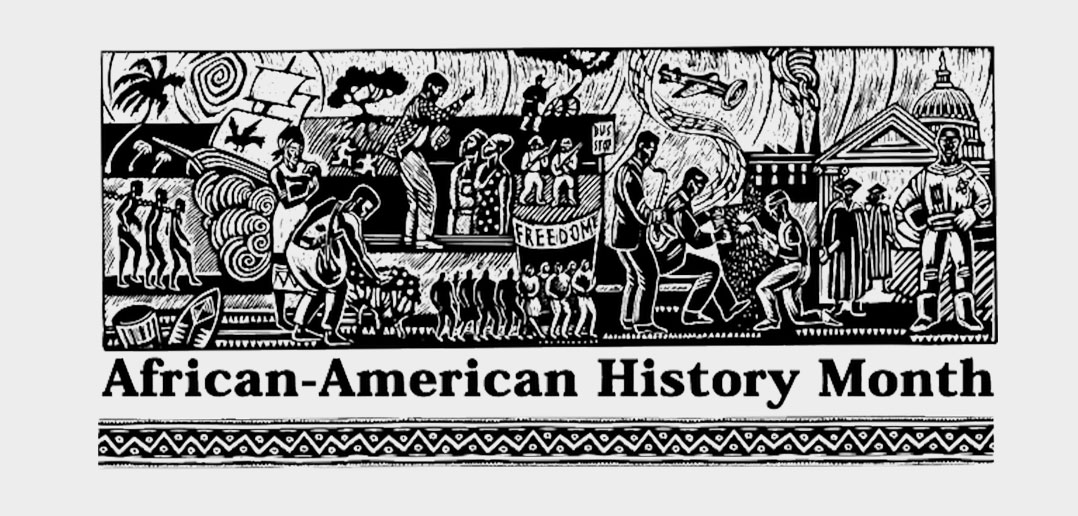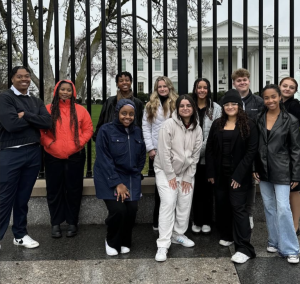In 1970, only 19 black students attended Rollins. Five years before that, there were none.
For our first black students, having little on-campus social lives and experiencing racism and accusations of segregation was their reality.
The history of our black students began in 1964, when John Mark Cox Jr. became the first black person to enroll at Rollins College—yet he did not graduate here. The first black students who graduated from Rollins were William Johnson ‘70, Bernard Myers ‘70, and Lewanzer Lassiter ‘70.
In the following years, the enrollment of black students fluctuated. From 19 in 1970 and 38 in 1972, down to 12 in 1981, and then to 26 students in 1984.
The reviews of black students on their time spent at Rollins were not always positive.
In a 1970 alumni journal, “The Rollins College Alumni Record,” former Rollins student and returning professor Tony Layng published an article titled, “Black Students at Rollins.” It included interviews of black students who had “active and creative role[s]” at Rollins.
One student was Laurence Martinez ‘71, a “leading scorer on the basketball team,” who said, “I thought that coming to Rollins I would meet different black people from other areas. Later I found out that all was not as it seemed. The main problem was that I was idealistic enough to believe that everyone would treat everyone else as individuals.”
Martinez also addressed the issue of involvement for black students on campus. “There is nothing here that blacks can relate to; you have to make yourself happy with what is here or become very dissatisfied for four years. I decided that I was in a system that I had to become a part of.”
Another interviewee, Anita Thomas ‘71, a female student and member of the Community Action Board, echoed Martinez when she said that a “number of black students are needed at Rollins before I would encourage an incoming black freshman to spend four years here without a social life.”
Goliath Davis ‘73 provided a response to these concerns by calling on black students to do more than come to college for a good education. He asked his fellow black “Brothers and Sisters” to raise awareness to the “problems of Black people.”
The following statement appeared in support of the Black Student Union: “We the Black students of Rollins College should familiarize ourselves with the constitution of the Black Student Union and unite to initiate some meaningful change.”
Davis’ words appeared in a 1972 issue of The Sandspur (Vol. 78, Issue 18) in an article titled “Role of Black Folk in Higher Education.”
He criticized the racial atmosphere on college campuses—including that of Rollins College—writing, “If it is the intention of any Black man to attend Rollins or any other predominantly white institution for the sole purpose of achieving an education, then my advice to him is to lay down and die—die because that’s all his life is going to be worth in a racist atmosphere anyway.” Goliath Davis went on to become St. Petersburg’s first black police chief.
Twelve years after Davis’ article, difficult times continued. In 1984, a suspicion of segregation arose when it was noted that 10 of the 26 enrolled black students lived in Rex Beach Hall.
Yet, in Vol. 91, Issue 2 of The Sandspur, an article titled, “Increases in black enrollment” assured that there was no such sinister plot: “…half of them had requested Rex Beach. The remaining five students were randomly placed in the dormitory because they had not made any requests on their housing forms.”
Eric Williams, a student interviewed in the 1984 article and a former resident of Rex Beach, shared his insight on living in a residence hall as a black student, saying, “I feel at ease in the dorm, but when I’m the only black person in my class, sometimes I feel a bit pressured.”
Throughout the years, black students have struggled with inclusion and identity at Rollins. Yet the efforts of administration to enroll more students of color were confirmed.
To quote Davis again, “Giving credit where it is due, I must say that there is an attempt on the part of the administration to recruit black students.”
Today, Rollins is a much richer experience for minority students. Approximately 170 of Rollins’ students are black or African American, making up 5.2 percent of all students.
Overall, 43 percent of the student body identify as races other than white.
Ashley Williams ‘18 gives recognition to the improvement in diversity at Rollins since she enrolled. “Diversity and inclusion has increased tremendously during my years at Rollins. It has been such a pleasure to meet and interact with people from all walks of life. However, there is still work that needs to be done in regards to inclusion.”
This vast improvement in college diversity stems from a variety of measures the college takes to promote diversity and inclusion on campus, with one major step being the creation of the Diversity Council.
While the Diversity Council was officially established in fall 2008, smaller groups and advising councils existed throughout campus before that.
Today, the Diversity Council, led by a team of faculty, staff, and students, aims to model an academic and social environment that is safe and inclusive to all Rollins community members by implementing college policies, providing formal and informal trainings, surveying the campus climate, and offering funds and diversity infusion grants each year.
The council expressed, “The Rollins Diversity Council affirms that our campus community welcomes ALL, regardless of country of origin, nationality, race, gender, socioeconomic class, sexual orientation, and abilities. We deeply value and are enriched by the diversity of backgrounds and perspectives that the members of our community—from all over the world—bring to our campus.
Rollins looks to celebrate African American History month throughout February by hosting events and conversations. On Feb. 9, the annual Summit on Transformative Learning will take place in the Bush Science Center, with the title being “Crossing Borders.”
Although the campus climate on racial diversity has not always been positive, its current strides towards inclusivity and diversity continue to create a welcoming environment for students of all identities.







Be First to Comment